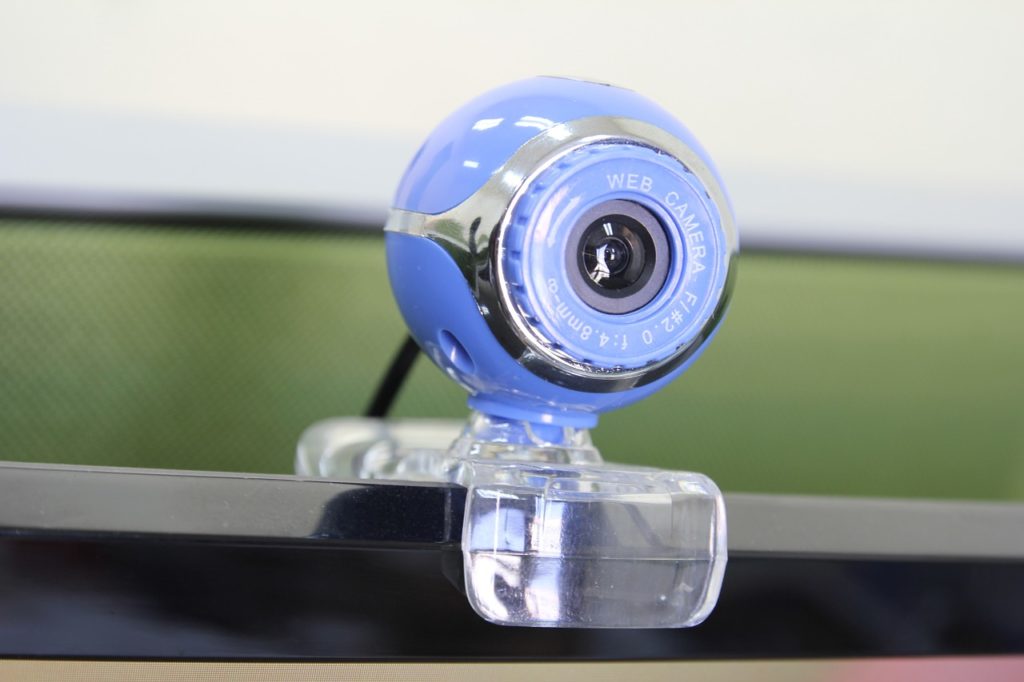Now that Afghan Wireless has launched its fantastic new 4G LTE Business Communications Services, it’s easier than ever for businesses to connect with partners, clients, and remote employees via video conferencing. Currently a business standard in many industries, video conferencing is an invaluable tool that brings the benefits of face-to-face communication to participants anywhere in the world.
However, not all video conferences are created equal, and a poorly run or inadequately organized meeting can end up with participants feeling more disconnected than they did before. To help ensure that your next meeting is as smooth and successful as possible, here are some important video conferencing tips and best practices to keep in mind.
-
Know the technology.
Whether you’re leading a video conference or are simply sitting in as a participant, it’s vital that you get to know the video conferencing software that will be used well in advance of the meeting. Depending on the software program, there may be features that you need to download and install or updates to the program that may involve powering down and restarting your computer—and the time to discover this is not two minutes before the conference starts. If you’re the conference leader, it’s especially important that you’re comfortable with the ins and outs of the software so that you can troubleshoot any problems that may arise during the meeting.

-
Double-check your Internet connection.
One of the most important things you need for a successful video conference meeting is a fast and stable Internet connection. Poor Internet connectivity can severely compromise a video conference, both for you and for the other participants. If you’re joining the video conference from home, make sure that your local connection offers the appropriate bandwidth for the task.
-
Consider your camera setup.
If you’re about to participate in a video conference meeting, it’s important to be aware of your camera placement. Avoid positioning the camera too low, too high, or too much to the side. Strange camera angles are not only unflattering, but they can be very distracting to the other participants. Make sure that your camera is positioned at eye level on the monitor you will be using for the conference. The camera should be far enough away so that most of your upper body can be seen; this avoids the “movie close-up” effect and allows other participants to see more of your gestures and body language. You should also check to make sure that the background is neutral and free from distraction.

-
Check your lighting.
Before joining your video conference, make sure that the room you’re in is well lit, as poor lighting can obscure your features and distract other participants. Natural light is best, but good overhead lighting will also do the trick. Note that the room may seem overly bright in person, but it will appear appropriately lit when seen onscreen.
-
Dress appropriately.
Most industry experts recommend dressing for a video conference exactly as you would for any other business meeting. If you’re joining the conference from home, it may be tempting to wear more casual attire, but it’s always best to be professionally dressed. Avoid the mistake of wearing business clothing on top (the part of you that the camera can see) and casual clothing on the bottom—you never know if you’ll need to stand up suddenly during the conference or if your camera will slip or fall.

-
Be punctual.
Punctuality is very important for all business meetings, including video conferences. If you’re late, you may miss critical introductions that can be more difficult to quickly recap in a video conference than in an in-person meeting. You also won’t have the chance to troubleshoot any technical difficulties without interrupting the flow of the call. In general, it’s best to plan to join the conference at least a few minutes early so that you can be sure the video conferencing software is working properly and that your setup is appropriate.
-
Use your mute button.
The most important rule of thumb in a video conference is to keep your microphone on mute whenever you’re not speaking. Even if you’re alone in a room with no outside noise, microphones are surprisingly sensitive to small sounds like the rustle of clothing or the noise of your keyboard as you type notes. Furthermore, leaving your microphone on can sometimes create feedback, which is annoying and distracting to others.

-
Stay engaged.
Video conferences go much more smoothly when all participants are focused on and engaged in the meeting. Avoid the temptation to check your e-mail or complete other tasks on your computer during the conference. You may think other participants won’t notice, but they can usually tell when someone isn’t fully present. In addition, do your best to maintain eye contact; this will help reassure others that you are giving them your full attention.

